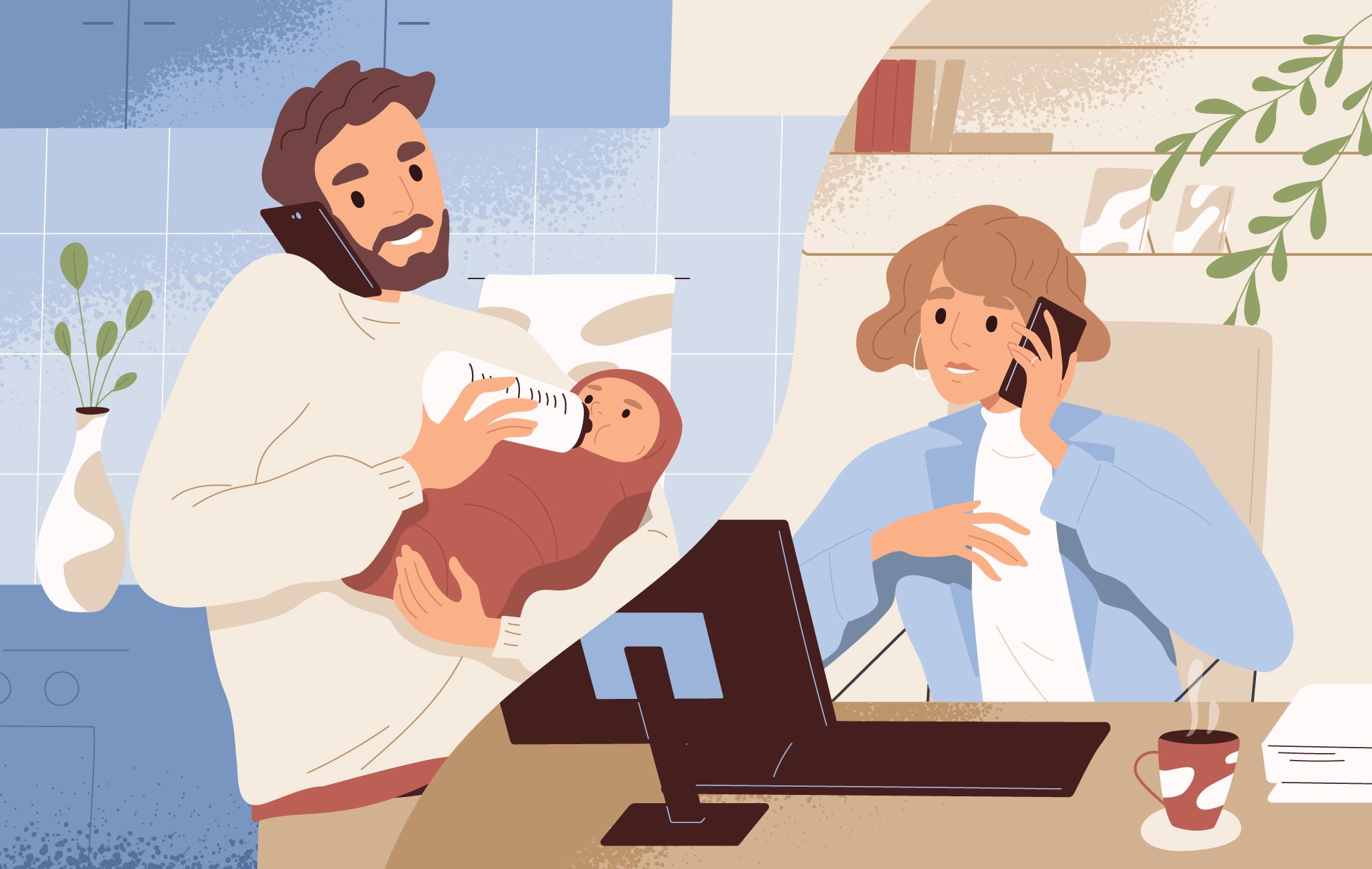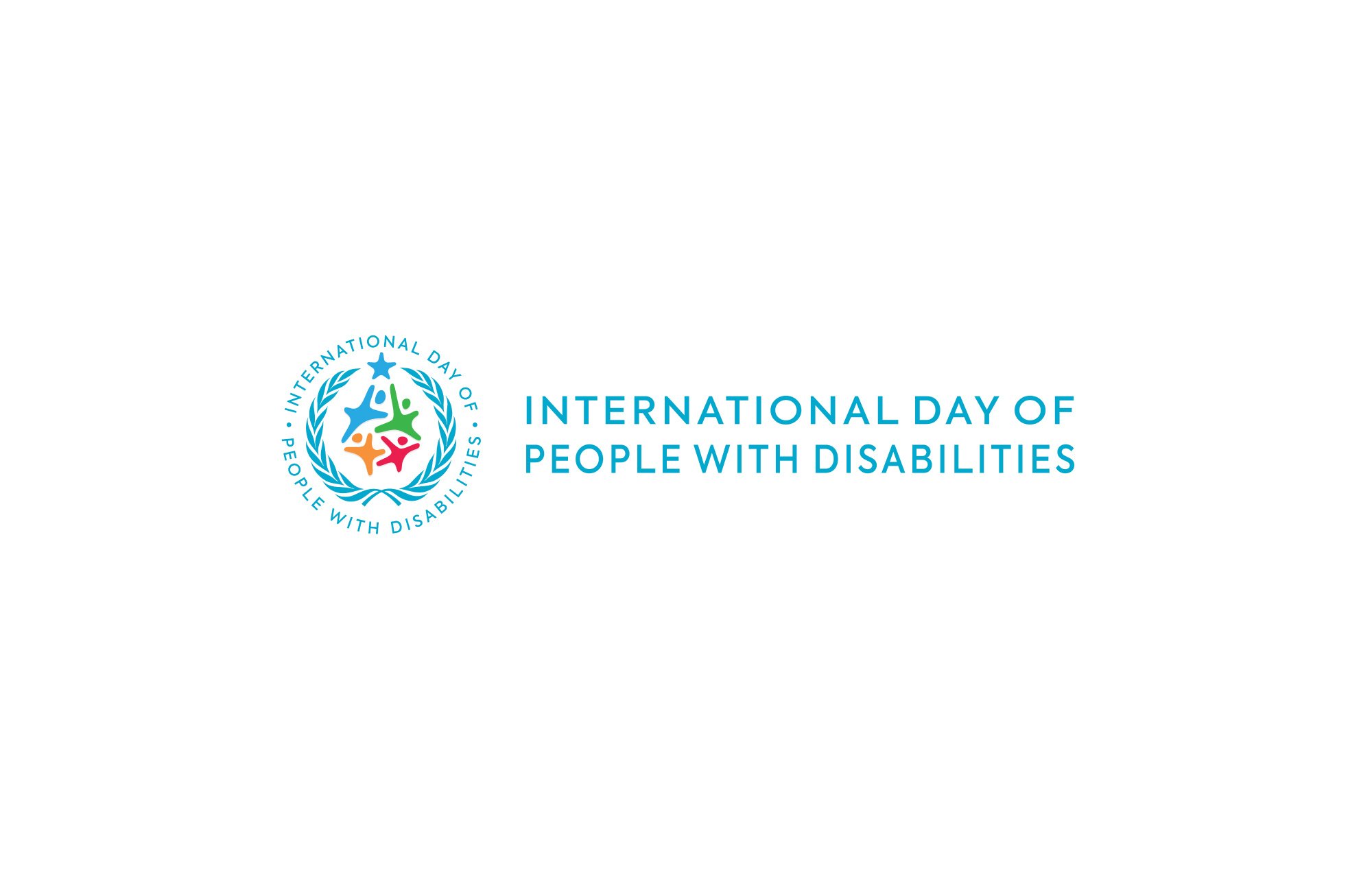We’ve experienced a corporate push for diversity, equity, inclusion, and belonging (DEIB) initiatives in the past few years, some of it in the form of social impact reporting and changes to professional policies and culture.
As professionals continue overhauling workplaces, rigid gender stereotypes are being exorcized along with their corrosive effects. But to break through the suffocating crust of gender convention, managers and business leaders must also play a part, as well.
Let’s look at the harms of gender stereotyping and consider a few ways it can be remedied by encouraging participation in non-traditional roles.
What Is Gender Stereotyping?
Inflexible gender stereotypes in the workplace are the fixed beliefs and assumptions people have about how men and women tend to behave. It also includes which traits people believe men and women should have in their professional roles.
Typically attendant with this hardline view is the notion that gender is binary, rather than something resembling a spectrum or prism. In reality, gender expression is much more varied across time and cultures, frequently deviating from traditional gender binaries.
Gender norms and expression are very context dependent based on workplace culture and the communities in which businesses operate. For instance, what might be considered a masculine trait in one community or country might be associated with femininity in another, and vice versa.
Rigid stereotypes are often based on the social norms of society and tend to overlook the individual personalities or traits of professionals. Because of this, workers end up being treated as abstract categories rather than as particular persons with their own quirks and values.
Perpetuating rigid gender stereotypes can be harmful because it limits your colleagues’ potential and choices. And it creates expectations and pressures that frequently lead to discrimination, harassment, and lower job performance, to say little of the diminished life satisfaction.
This might include assuming female coworkers will do the cooking or cleaning for an event, or delegating note-taking and other administrative tasks to women during a meeting. This implies that women are somehow inherently suited for these roles.
It can take the form of female coworkers underestimating the emotional intelligence of male colleagues because men aren’t “naturally” in tune with their emotional lives, or discouraging them from pursuing careers in female-dominated fields and roles, such as education and mental health.
And gender stereotyping can also involve commenting on a coworker’s appearance suggesting that their clothing, make-up, or hairstyle are inappropriate because they deviate from supposed or dominant gender norms.
Harmful Effects of Rigid Gender Stereotypes in the Workplace
Here are a few major ways gender stereotyping and sexual discrimination harm people:
Inflexible Gender Norms Diminish Career Opportunities
By enabling gender stereotypes, you prevent others from growing in their careers or socially orienting in ways that enable them to flourish. Inflexible social constructs, such as gender binaries, prevent society from growing in new and unexpected directions.
For instance, if you hold a view—conscious or subconscious—that men are better leaders or more fit for management roles than women, then you’re going to consistently make professional decisions that reinforce sexual discrimination. This accumulates over time across thousands of social interactions.
This bias helps explain, at least in part, why only 10% of Fortune 500 companies are run by women, according to a 2023 report by the Society for Human Resource Management (SHRM), the largest HR professional association in the world.
Biases Exacerbate the Gender Wage Gap
Similarly, holding to rigid gender norms also worsens the gender pay gap between men and women. The reasons for the disparity in pay between men and women isn’t exactly straightforward, however.
Salaries tend to correlate with work experience, level of education, and certain industries and occupations, in addition to gender biases and discrimination.
Work Experience
Employers typically reward professionals with higher pay, not only when they have more work experience but if it is continuous. Since data tell us that women often take more time off to raise children or care for family members than their male counterparts, their salaries tend to lag behind in this regard.
Level of Education
Although women have made significant gains in educational attainment in recent decades—now outnumbering men in college enrollment and completion—they still face barriers to accessing higher education. This is especially true in traditionally male-dominated fields that lead to higher-paying jobs, such as science, technology, engineering, and mathematics.
Industries & Occupations
Men still tend to work in industries and occupations that typically pay more. This includes manufacturing, mining, construction, law, business administration, and higher-paying medical professions. On the other hand, women are overrepresented in clerical, caregiving, and service jobs.
“Among men and women employed full time,” explains Sarah Nadeau and Julia Cusick at the progressive policy institute American Progress, “60 percent of the wage gap can be attributed to known factors such as work experience at 10 percent, union status at 4 percent, and the aforementioned choice of occupation at 27 percent, among other measurable differences.”
This means that “more than 40 percent of the gender wage gap is ‘unexplained’ by numbers or quantitative metrics,” they write. That’s where gender stereotyping and sexual discrimination are often given as contributing explanations.
Cultural norms surrounding gender also nudge men and women toward different professional directions. So, while men, women, and non-binary professionals’ careers are the aggregate of the choices they make, many of those decisions are constrained by the biases inherent in technology, professional settings, and throughout society, outcomes further worsened by workplaces with ingrained discriminatory practices and harmful gender stereotypes.
Rigid Gender Norms Undermine Work-Life Balance
The subconscious biases that inform gender stereotypes, can compromise professional work-life balance, as well.
Unequal Workloads & Expectations
Rigid gender stereotypes can result in either men, women, or non-binary professionals taking on unfair responsibilities.
For instance, women may be expected to perform more emotional labor and housework than men, or they may be penalized for taking advantage of work-life balance policies, such as flexible working or parental leave. On the other hand, men may be expected to work longer hours and prioritize work over family, or they may be denied access to work-life balance policies or support.
And the family life of non-binary professionals may not be considered at all by team members or supervisors with heteronormative biases.
Life Satisfaction & Well-Being
An imbalance between work and personal life corrodes a person’s overall well-being.
Women may experience added stress, burnout, and guilt, for instance, from juggling multiple roles, or feel underappreciated for their professional contributions. Alternatively, men encounter increased isolation, frustration, or resentment from their family life being devalued or marginalized by managers and team members.
And, again, non-binary and queer professionals are regularly alienated by workplace cultures that don’t respect or are exclusionary toward non-heteronormative family dynamics.
Traditional Gender Norms Limit Creativity & Innovation
When somebody comes up with a new and more effective way to address a particular problem, it’s considered an innovation in the professional world. Companies are typically rewarded for this creativity with increased market share and brand recognition.
Cultural evolutions should be viewed similarly. When a given social practice or construct, such as gender, either no longer “works” as well as it used to for society or fails to meet the basic human needs of others, the stage is set for social innovation.
That’s how many see the recent shift in views on gender and sexuality and changes in the treatment of LGBTQ professionals. Fixed notions regarding gender (and sexuality) have meant widespread exclusion and dehumanization of professionals whose gender identity or family structure deviates from more “traditional” views.
As in the marketplace, when your organization becomes too static, unwilling to change, or chained to long-established ways of doing business, it typically shrinks, fails, or completely disappears. Fixed mindsets are anathema to creativity and growth.
Likewise, when your workplace becomes mired in traditional gender norms and gender stereotyping, you undermine innovation and imagination, the forces necessary to propel your company forward. Those who challenge traditional or rigid gender stereotypes should be considered cultural entrepreneurs and social innovators.
How to Encourage Participation in Non-Traditional Gender Roles
This is less of a call for everyone to adopt non-traditional gender roles, and more about fostering workplace cultures where professionals feel supported when participating in non-traditional gender roles.
As previously mentioned, breaking gender stereotypes in professional settings enables others to grow their careers in ways they see fit, challenges the gender wage gap, encourages work-life balance, and generates greater innovation and creativity on your team.
So, what are a few things you can do to realize this?
Increase Flexibility
Make it easy for team members to adjust their professional lives to their family responsibilities.
Offer remote work options. This is not only a huge benefit for professionals with disabilities, but also accommodates team members who have other family responsibilities throughout the day. Flexible work-from-anywhere policies enable employees, regardless of their gender identity, to fulfill both their duties to you and to their families.
Enact generous parental leave policies. This will help attract and retain female employees, in particular, who are often penalized by the gender wage gap for taking time off for children and child-rearing. Plus, it pushes back against rigid gender norms by facilitating time off for men who want to be with their families during pivotal periods, such as when a new child has entered the home.
Avoid gendered dress codes. Appearance and dress are some of the more concrete and mundane ways in which rigid gender stereotypes are policed. Rather than delineate what men and women can wear to the office, keep it general.
Avoid gendered language. For instance, when spelling out what qualifies as “professional,” refer to specific articles of clothing without making them gender specific. And when discussing grooming expectations, make sure the same rules apply to everyone, regardless of gender identity.
Foster a Culture of Tolerance & Curiosity
In simple terms, embrace openness.
Leadership and managers need to embody the tolerance you expect within the workplace. Encourage team members to use gender neutral language and conduct training to raise awareness related to common gender stereotypes and the ways gender biases harm others.
Be curious. Rather than make assumptions about coworkers based on their gender, treat them as individuals with their own unique blend of traits, values, and experiences. Ask them questions. And listen. Take the time to become acquainted with their interests and career goals.
To create a culture of inclusion and respect in your workplace—where everyone feels valued and appreciated for their contributions—encourage diversity of perspectives and ideas, and foster collaboration and teamwork among your employees. For instance, managers should be diligent about celebrating the achievements of women in non-traditional roles, and solicit regular feedback from their employees on how to improve the work environment.
Should you or other team members need help overcoming personal gender biases, finding an accountability buddy is a safe but powerful way to do it authentically.
“I think it's about requesting feedback, asking people that you trust about the things they experience of you,” explains Camille Edwards, a DEI educator with more than 15 years of experience. “Talk to people about what some of your goals are and find accountability buddies to help keep you honest and activated in the work.”
Find at least one person within your organization or team that is willing to provide you the hard truths this kind of work often requires. You want to befriend somebody who is willing to be “honest about how far you can push, when you've gone too far, or when you haven't stepped far enough,” she says.
It’s a longer journey unlearning one’s biases surrounding gender.
Prioritize Gender Diversity Representation in Leadership
Representation is a foundational part of challenging gender stereotypes. When women see other women in c-suite or other upper management roles, it sends the message that the so-called “glass ceiling” can be broken. And it tells everybody else that gender doesn’t have to limit your career path or professional goals.
But it’s not just about gender representation in leadership. A similar effect happens when women maintain positions in traditionally male-dominated roles, as well. So, if you’re looking to break gender stereotypes, identify why your organization lacks gender diversity, especially in leadership, and go about fixing it.
It could be as easy as modifying the language used when posting job descriptions, or it may require something as uncomfortable and arduous as helping team members realize their personal gender biases in the workplace.
You should also consider creating mentorship programs where women in leadership or non-traditional roles provide support and guidance to early-career women in your organization.
Breaking from convention is a key tenet of successful business, and that includes social norms around gender. By encouraging participation in non-traditional gender roles, you can nurture a workplace culture that not only champions gender diversity and inclusion, but enables all professionals to grow in their careers.
InclusionHub is an online, crowd-sourced resource directory dedicated to raising awareness about and improving gender equality, accessibility, DEIB, and other important social issues. To learn more about or join in this extraordinary pursuit, contact us today.






Leave a Comment